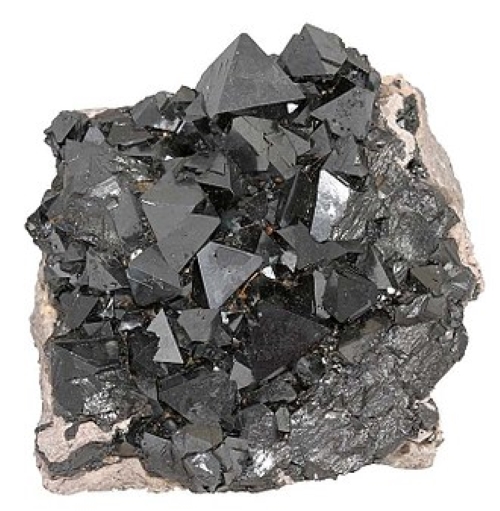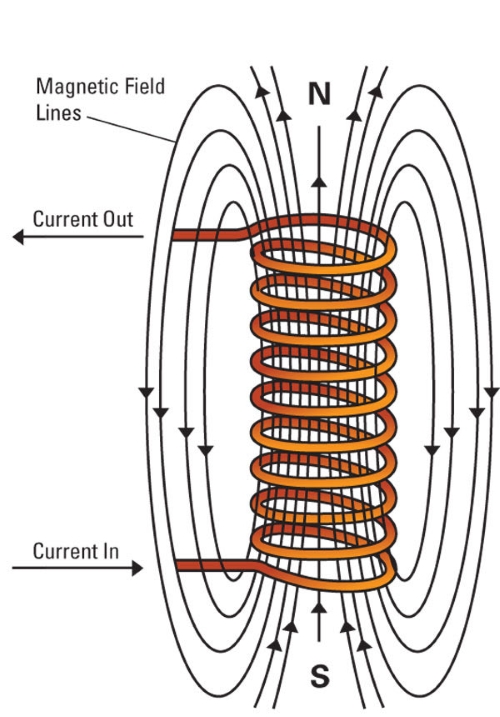The Evolution and Future of Magnetic Materials
Introduction
From ancient civilizations using natural magnets to modern innovations in nanotechnology, the development of magnetic materials has been a cornerstone of technological progress. This article explores the evolution of magnetic materials, highlighting key milestones like ndfeb magnets and alnico magnets.
1. Early Discoveries of Magnetite
The story of magnetic materials begins with the discovery of magnetite (Fe3O4), a naturally occurring mineral known for its magnetic properties. Ancient Greek and Chinese civilizations utilized magnetite for navigation, marking the earliest recorded use of magnetic materials. Magnetite, or lodestones, fascinated early scientists and paved the way for future explorations into magnetism.
 [1]
[1]
2. The 19th Century: The Birth of Electromagnetism
The 19th century marked a significant leap in our understanding of magnetism, thanks to Hans Christian Ørsted’s discovery of the relationship between electricity and magnetism in 1820. This breakthrough led to the invention of the electromagnet by William Sturgeon in 1825. Electromagnetism allowed for the creation of stronger and more controllable magnetic fields.
 [2]
[2]
3. The Early 20th Century: Alnico and Other Alloy Magnets
The development of alloy magnets began in the early 20th century with the invention of alnico magnets in the 1930s. Alnico, an alloy of aluminum, nickel, and cobalt, was the strongest type of permanent magnet available until the 1970s. Alnico magnets found widespread use in various applications, including electric motors, microphones, and sensors.
4. Mid-20th Century: The Rise of Ferrite and Rare-Earth Magnets
In the 1950s, the development of ferrite magnets, composed of iron oxide and other metallic elements, revolutionized the magnetic materials industry.
- Ferrite magnets offered a low-cost solution with good magnetic properties. They are ideal for mass production in consumer electronics and automotive applications.
- Then, the development of rare-earth magnets came with higher magnetic strength than alnico and ferrite magnets. The first rare-earth magnet, samarium-cobalt (SmCo), was developed in the 1970s, followed by the introduction of neodymium-iron-boron (NdFeB) magnets in the 1980s.
- NdFeB magnets are currently the strongest permanent magnets available. NdFeB magnets find diverse applications from computer hard drives to wind turbines and electric vehicles.
Related reading: Types and Uses of Permanent Magnet

Advanced Magnetic Materials in the 21st Century
–Nanotechnology
The 21st century has seen remarkable advancements in the field of magnetic materials, driven by nanotechnology and the development of advanced materials. Researchers are exploring nanostructured magnets and magnetic composites to achieve higher performance and efficiency. These materials exhibit unique properties at the nanoscale, offering the potential for innovations in electronics, medicine, and energy storage.
–High Entropy Alloys
High entropy alloys (HEAs) represent a new class of magnetic materials with promising properties, including high thermal stability and excellent mechanical performance. HEAs are composed of multiple principal elements, resulting in complex crystal structures that offer superior performance compared to traditional alloys. These materials are being explored for various high-performance magnet applications.
–Smart and Functional Magnetic Materials
The integration of magnetic materials into smart systems is another exciting area of development. Smart magnetic materials can respond to external stimuli such as temperature, pressure, or magnetic fields, enabling advanced functionalities in various applications. These materials are finding use in sensors, actuators, and medical devices, where precise control and responsiveness are essential.
Conclusion
The development of magnetic materials has been a journey of continuous innovation, from ancient magnetite to rare earth magnets, to advanced magnets.
Ongoing research and innovation are poised to lead to the discovery of new materials with improved magnetic properties, catering to the ever-evolving demands of various industries. The future of magnetic materials holds exciting possibilities, and promising advancements that will shape the next generation of technological progress. For more information, please check Stanford Magnets.
Reference:
[1] Magnetite. (2024, July 2). In Wikipedia. https://en.wikipedia.org/wiki/Magnetite
[2] Northeastern University (2024, August 5). Electromagnets. Retrieved August 5, 2024, from https://ece.northeastern.edu/fac-ece/nian/mom/electromagnets.htm